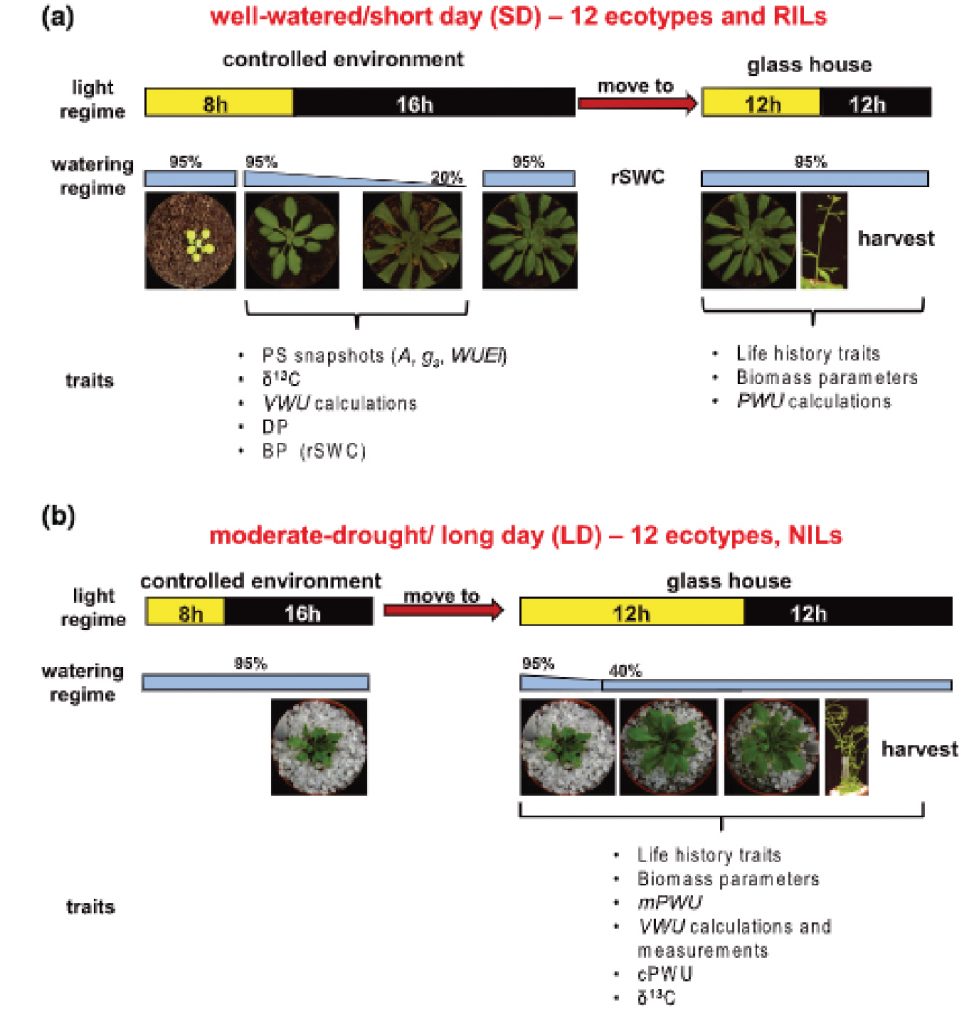
Accelerated flowering time reduces lifetime water use without penalizing reproductive performance in Arabidopsis (Plant Cell Environ)
Plant Science Research WeeklyAs climate change proceeds, the availability of fresh water is decreasing. Luckily, the variation in water use efficiency within and between species provides tools necessary to breed plants for future climate. However, water use is often studied at the vegetative level. Ferguson et al. observed that…

Review: A fruitful journey: Pollen tube navigation from germination to fertilization ($)
Plant Science Research WeeklyWhen pollen is deposited on a flower’s stigma, pollen tubes penetrate the stigma and elongate towards ovules where two non-motile sperm will double fertilize an egg and a central cell, which requires cooperation between many cell types. Johnson et al. review our current understanding of these processes.…
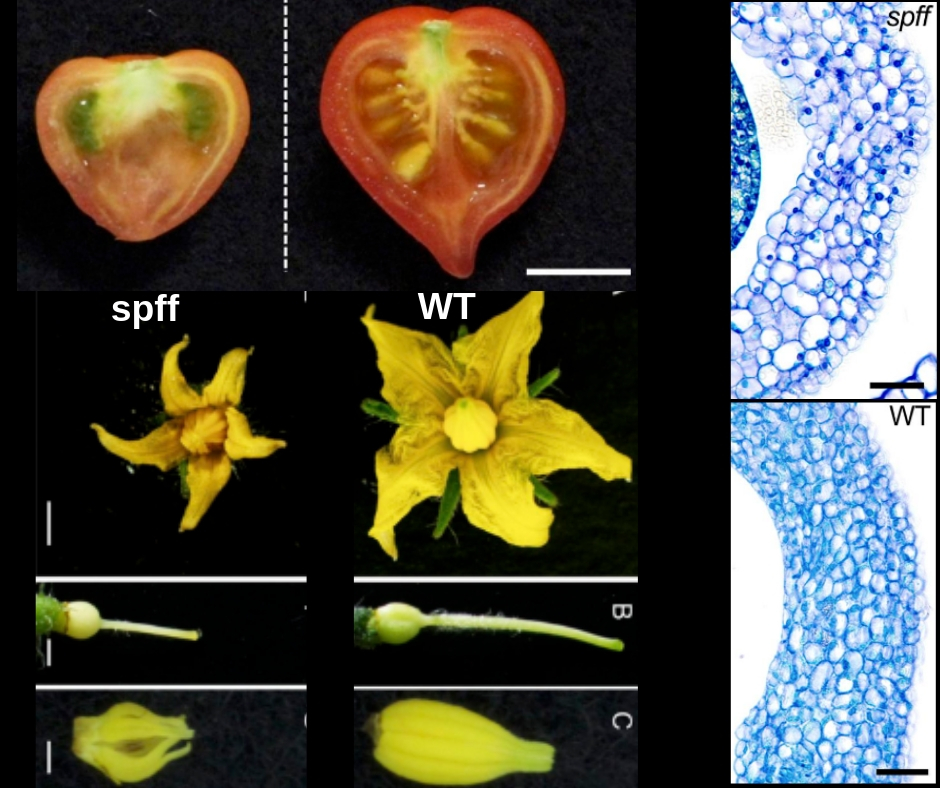
Loss-of-function of a tomato receptor-like kinase impairs male fertility and induces parthenocarpic fruit set (Front Plant Sci)
Plant Science Research WeeklyThe flower-to-fruit transition (fruit set) and parthenocarpy, the pollination-independent development of seedless fruits, are controlled by complex hormone networks. Takei et al. identified a tomato gamma-ray induced mutant named small parthenocarpic fruit and flower (spff) with small fruits and flowers,…
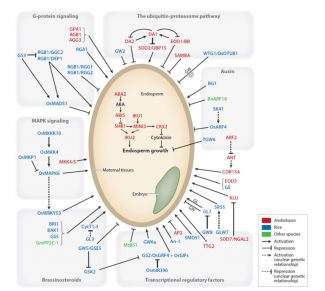
Review: Molecular networks of seed size control in plants ($) (Annu Rev Plant Biol)
Plant Science Research WeeklyCrop yield is largely determined by the size of seeds, and studies are being conducted to understand the complex molecular network controlling the seed size. Li et al. review the possible molecular mechanisms and regulatory networks underlying seed size control and growth, including the factors originating…
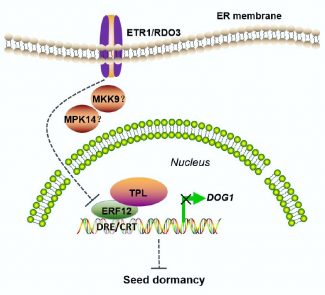
Regulation of seed dormancy by ETR1/RDO3 (Plant Cell)
Plant Science Research WeeklySeed dormancy is an essential fitness trait for plants as it allows their seeds to survive adverse seasons and to synchronise their germination with the occurrence of suitable conditions. While the molecular pathways of the major phytohormones involved in seed dormancy have been largely elucidated, the…

Constitutive signaling activity of a receptor-associated protein links fertilization with embryonic patterning in Arabidopsis thaliana ($) (PNAS)
Plant Science Research WeeklyThe apical and basal identity of a growing embryo is determined by an asymmetrical division of the zygote in flowering plants. The MAPKK kinase YODA (YDA) is important for zygotic elongation and embryonic polarity. During embryo development, YDA is activated by the membrane associated pseudo-kinase SHORT…
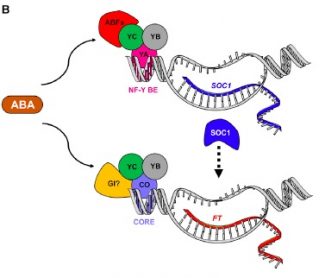
ABA mediated drought-accelerated flowering ($) (Mol Plant)
Plant Science Research WeeklyOne of the most plastic developmental process in plants is the timing of flower initiation. Plants select favourable conditions to achieve reproductive success. Light and temperature are continuously monitored through molecular mechanisms that are still poorly understood. Drought escape (DE) is an adaptive…
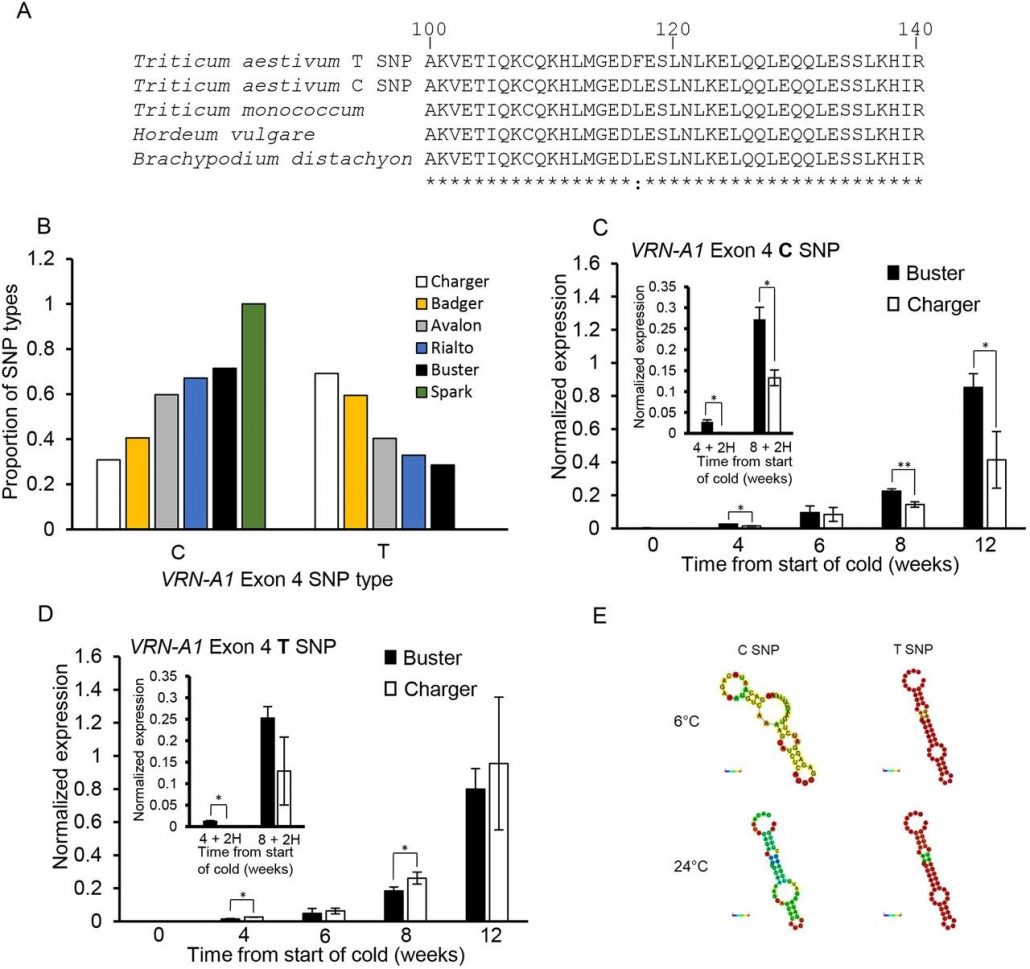
VERNALIZATION1 controls developmental responses of winter wheat under high ambient temperatures (Development)
Plant Science Research WeeklyIn bread wheat, the VERNALIZATION 1 (VRN1) gene is induced after cold exposure and short days, promoting flowering. In some species the vernalization effect of cold temperature can be lost or reversed after a short exposure to a high temperature (∼35°C); this process is referred as de-vernalization.…
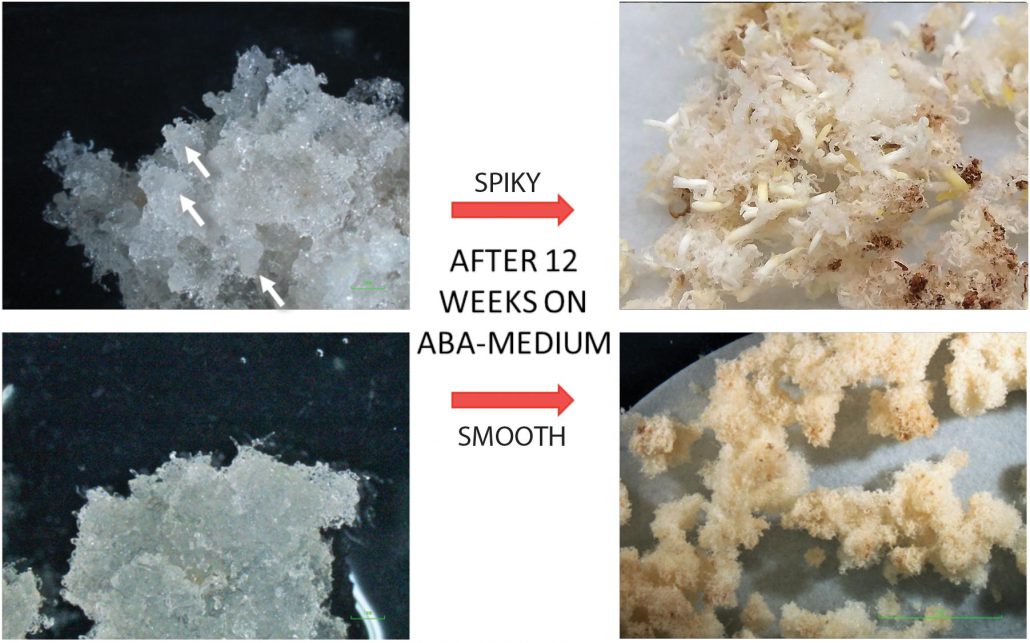
New approaches to optimize somatic embryogenesis in maritime pine (Front Plant Sci)
Plant Science Research WeeklyPinus pinaster Aiton, commonly known as maritime pine, is a coniferous tree, native to the Mediterranean region, and presently used as a model plant when studying coniferous trees due to the interest in its environmental adaptability. Maritime pine breeding programs use somatic embryogenesis, a biotechnological…

